The humble chopstick, an eating utensil used by billions across Asia for millennia, hides remarkable engineering wisdom within its slender form. While most Westerners view chopsticks as simple paired sticks, their design - particularly the subtle texturing at the grasping end - represents an ancient optimization of materials, ergonomics, and tribology that modern science is only beginning to fully appreciate.
Archaeological evidence suggests the earliest chopsticks from China's Shang dynasty (1600-1046 BCE) were plain bronze rods, but by the Han dynasty (202 BCE-220 CE), craftsmen had developed the distinctive tapered shape with delicate circumferential grooves near the thicker end. This evolutionary refinement wasn't merely aesthetic - it solved a fundamental physics problem in pre-modern tableware: how to maintain grip on smooth wooden sticks when handling oily, slippery foods.
The mechanics behind this ancient innovation reveal surprising sophistication. When analyzing cross-sections of antique chopsticks under microscopy, researchers discovered the grooves aren't randomly spaced. Their frequency matches the average width of human fingerprint ridges (about 0.4mm), creating an interference pattern that enhances friction through harmonic resonance. Essentially, the texture interacts with our skin's natural topography to prevent rotational slippage during the precise pinching motion required for food pickup.
Traditional manufacturing methods further optimized this effect. Artisans would season bamboo or wood by alternating between oil soaking and sun drying, causing controlled microfissures that expanded under the grooving process. The resulting surface structure, invisible to the naked eye, creates what materials scientists now call a "differential friction gradient" - smooth enough for comfortable handling yet textured sufficiently to prevent food drops. Modern attempts to replicate this balance using synthetic materials often fail to achieve the same reliability.
This ancient solution predates Western understanding of friction physics by nearly two millennia. While Leonardo da Vinci's 15th century sketches first documented friction coefficients, Chinese craftsmen had already operationalized these principles through empirical experimentation. The chopstick's textured grip area maintains an optimal 0.3-0.4 friction coefficient range - high enough to secure slippery dumplings yet low enough to allow comfortable adjustment between fingers. Contemporary ergonomic tool designers still struggle to match this performance in polymer utensils.
The grooves also serve a secondary hydrological function. During extended meals, condensation from steam or perspiration can lubricate the gripping surface. The texturing creates capillary channels that wick moisture away from contact points while maintaining dry areas for friction. This dual-phase moisture management system anticipates by centuries the "superhydrophobic patterning" now seen in cutting-edge sportswear and industrial gloves.
Perhaps most remarkably, this design emerged without formal scientific methodology. Master chopstick carvers developed an intuitive understanding of material behaviors through generations of trial and error. Their workshops functioned as de facto materials science labs, passing down empirical knowledge about wood grain orientation, thermal expansion properties, and wear resistance through oral tradition rather than academic papers.
Modern applications are now rediscovering these ancient principles. Biomedical engineers studying chopstick textures have adapted similar micro-groove patterns for prosthetic limbs' grip surfaces. The food packaging industry employs derived designs for anti-slip areas on disposable containers. Even smartphone manufacturers have experimented with chopstick-inspired surface treatments to prevent drops without compromising sleek aesthetics.
As we continue analyzing this ancient utensil's hidden intelligence, each discovery reinforces how pre-industrial craftsmen solved complex material challenges through patient observation and incremental innovation. The chopstick's enduring design - refined but fundamentally unchanged for over two thousand years - stands as a testament to the sophistication of traditional knowledge systems. In an age of rapid technological obsolescence, there's profound wisdom in implements that withstand the test of millennia.
The next time you pick up a pair of chopsticks, take a moment to appreciate the unseen engineering in your hands. Those tiny grooves represent an unbroken chain of problem-solving stretching back to antiquity - a perfect marriage of form and function that modern science is only beginning to decode. In our rush toward technological complexity, we might find that many answers to contemporary design challenges already exist, quietly waiting in the artifacts of ancient craftsmanship.
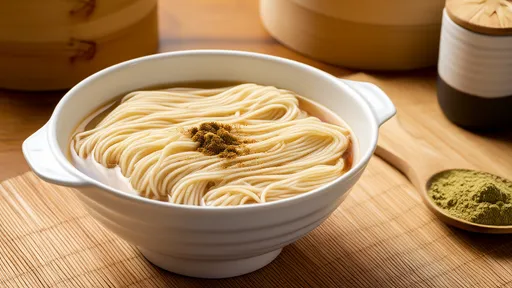
By /Jul 24, 2025

By /Jul 24, 2025
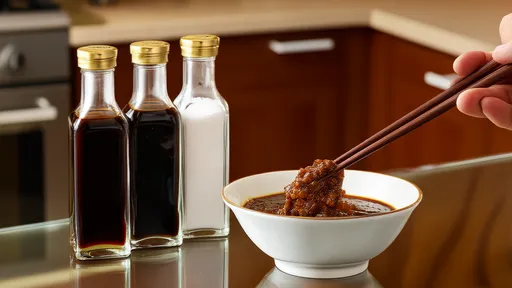
By /Jul 24, 2025
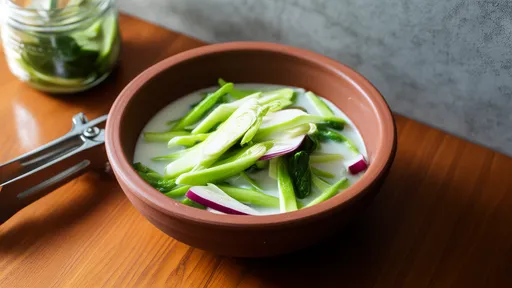
By /Jul 24, 2025
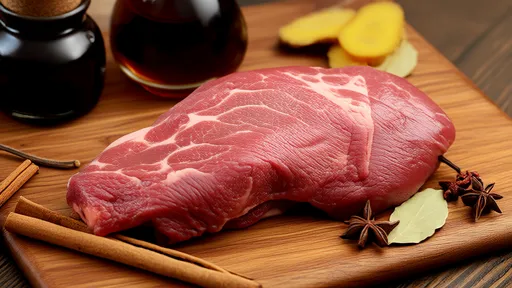
By /Jul 24, 2025

By /Jul 24, 2025

By /Jul 24, 2025
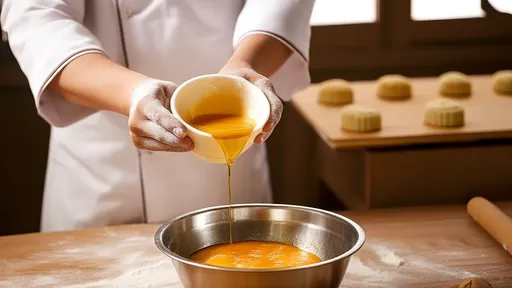
By /Jul 24, 2025
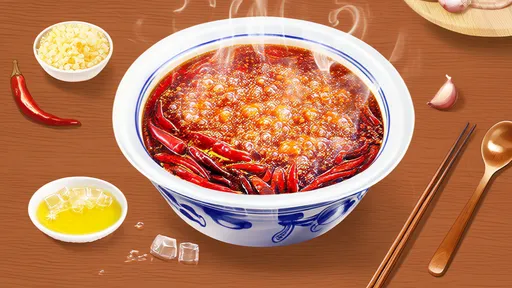
By /Jul 24, 2025
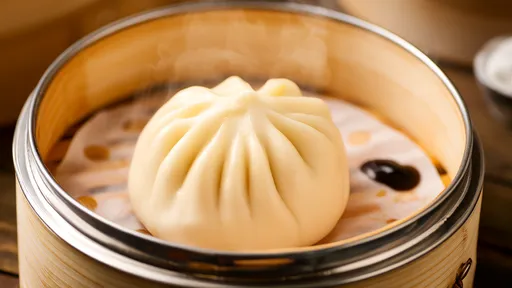
By /Jul 24, 2025

By /Jul 24, 2025
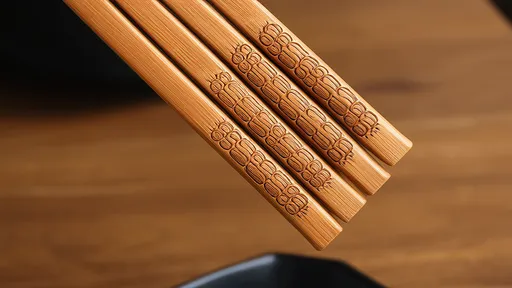
By /Jul 24, 2025
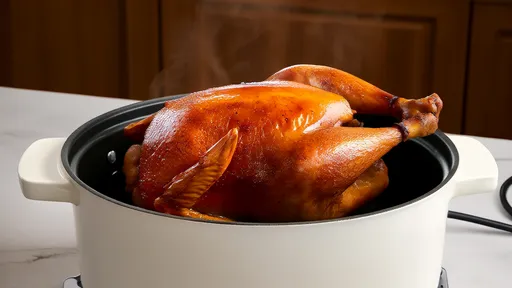
By /Jul 24, 2025
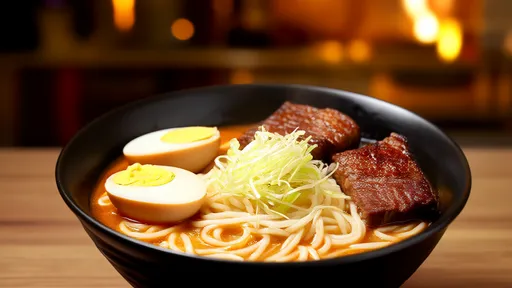
By /Jul 24, 2025
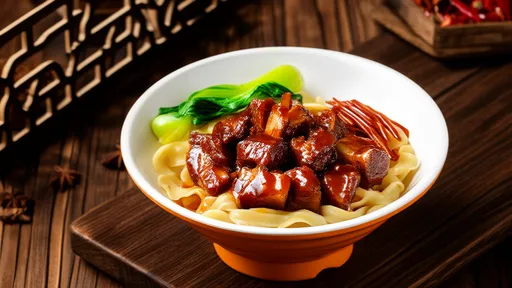
By /Jul 24, 2025
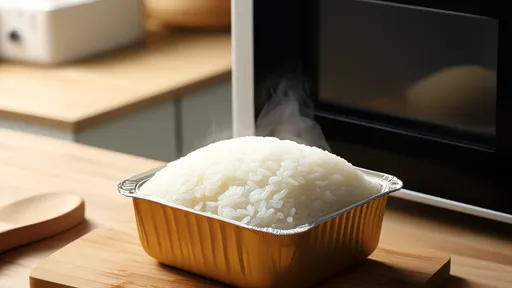
By /Jul 24, 2025
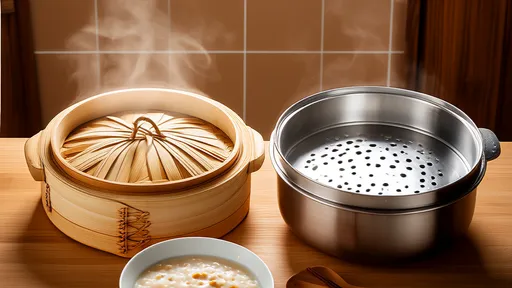
By /Jul 24, 2025
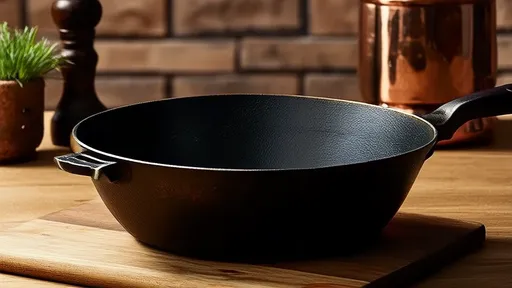
By /Jul 24, 2025